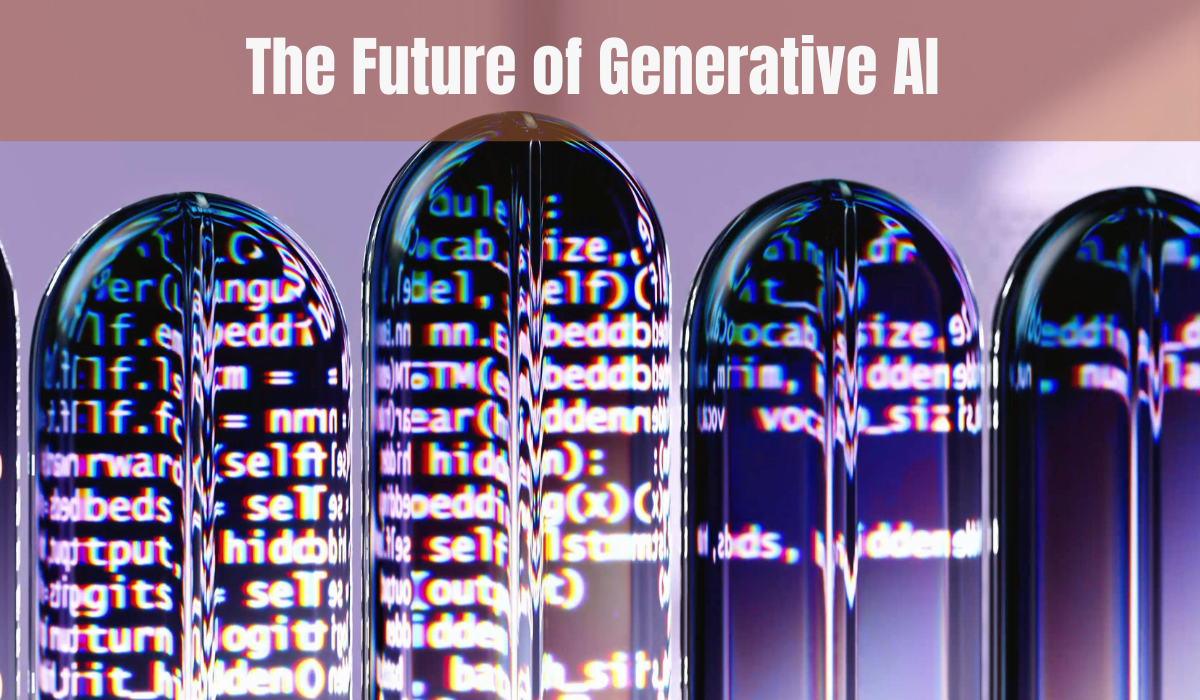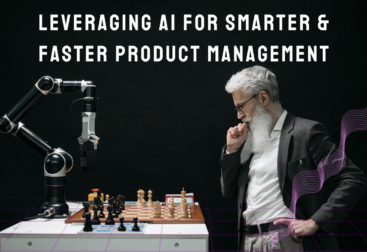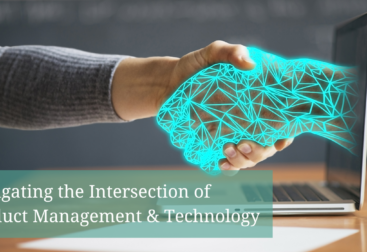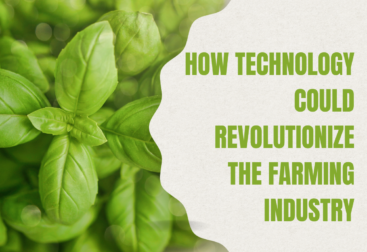Generative AI is revolutionizing the world of technology, creativity, and industry in ways that are just beginning to be understood. By using advanced machine learning models to create, innovate, and mimic human-like outputs, it holds the promise of transforming industries from entertainment to healthcare. Its capabilities are vast – enabling machines to generate text, music, art, and even software code at scales and speeds unimaginable a few years ago. Let us5 explore how generative AI is poised to reshape the future, the exciting possibilities it opens up, and the ethical challenges that come with it.
The Science Behind Generative AI
At its core, generative AI refers to machine learning models that are trained to generate new data based on the patterns they learn from existing datasets. Techniques such as Generative Adversarial Networks (GANs), Variational Autoencoders (VAEs), and Transformer-based architectures like GPT (Generative Pre-trained Transformer) are the backbone of this technology. These models have revolutionized natural language processing, image generation, and music composition by enabling machines to generate new, human-like content.
The basic mechanism involves two models: one generates data (like text, images, or music), while the other (often called the discriminator) assesses the quality of this generated data. Through an iterative process, the generator gets better at creating content that closely resembles human-created works. While this concept may sound technical, its real-world implications are staggering.
Generative AI & Creativity
One of the most compelling applications of generative AI is in the realm of creativity. Historically, the arts—music, painting, and literature—have been viewed as exclusively human endeavors, reliant on imagination and emotion. Generative AI challenges this notion by producing artwork, music, and literature that rivals human creativity.
Consider OpenAI’s GPT-4 or DALL·E, which can create stories, poems, essays, and visual art from simple text prompts. These models allow users to generate original content that could be used in advertising, video games, or even cinema. Filmmakers are now using AI-generated storyboards and scripts to fuel creativity, while musicians are experimenting with AI to compose melodies that blend various genres.
But this new creative process doesn’t just add to the human imagination—it transforms it. Artists are no longer limited by their technical skills; they can now partner with generative AI to extend their creative reach. AI can generate infinite iterations of a concept, allowing human artists to explore new ideas, refine them, or even delegate more mundane creative tasks. The future of art may be one of collaboration between humans and AI, rather than competition.
Generative AI in Industry
Generative AI’s potential extends far beyond the arts. It is already reshaping industries as diverse as manufacturing, healthcare, finance, and software development. In the future, these transformations will become even more pronounced as businesses begin to rely more heavily on AI-generated solutions.
1. Manufacturing and Product Design
Generative design tools powered by AI are helping engineers and designers create products more efficiently. By inputting parameters such as materials, strength requirements, and production costs, AI can generate multiple design options that optimize for both functionality and efficiency. These systems can propose designs that human designers might never have conceived on their own, leading to groundbreaking products.
The concept of “AI-generated innovation” is particularly relevant in automotive and aerospace industries, where complex design specifications and safety standards are paramount. AI can help companies create lightweight, stronger, and more fuel-efficient components by analyzing massive datasets and suggesting optimal designs.
2. Healthcare & Drug Discovery
Generative AI is also revolutionizing healthcare. In drug discovery, AI systems are already generating molecular structures that could potentially lead to new medications. By using vast amounts of data from biological studies, these systems can predict how different chemical compounds will interact with the human body. This could dramatically reduce the time and cost involved in developing new drugs.
Additionally, generative AI has the potential to personalize healthcare. By analyzing individual patient data, AI can generate personalized treatment plans tailored to a patient’s unique genetic makeup. This opens the door to a new era of precision medicine, where treatments are designed to be as effective as possible for each individual patient.
3. Finance & Business Optimization
In the finance world, generative AI can optimize trading strategies, create financial forecasts, and even generate synthetic data for training financial models. By analyzing vast datasets of market trends and financial indicators, AI can generate predictions and strategies that allow businesses to make more informed decisions. The future of finance could be one where AI plays a central role in everything from investment decisions to regulatory compliance.
Generative AI & the Future of Work
One of the most profound impacts of generative AI will be its effect on the future of work. While AI has long been seen as a threat to certain jobs, generative AI introduces a more nuanced reality. While some jobs will inevitably be replaced by machines, many more will be enhanced or transformed by generative AI.
1. Automating Creative and Repetitive Tasks
Generative AI is already automating tasks once thought to be too complex for machines, such as content creation and software development. In the future, employees in industries like marketing, entertainment, and journalism will increasingly work alongside AI to generate ideas, articles, and even video content.
While this may sound like a threat to human jobs, it actually offers the potential for collaboration. AI can handle repetitive or mundane tasks, allowing human workers to focus on higher-order creative work. For example, an AI might generate the first draft of an article, leaving the journalist to refine and personalize the piece. Similarly, AI could generate marketing campaign ideas, which human marketers can then tailor to their specific audience.
2. Expanding Human Capabilities
Generative AI will also expand human capabilities. Professionals will be able to leverage AI tools to explore new possibilities and push the boundaries of what’s possible in their fields. In software development, for example, AI will increasingly generate code snippets or entire applications based on a developer’s instructions. This will allow developers to focus on higher-level strategic tasks, such as user experience design and long-term planning.
In industries where creativity and problem-solving are key, generative AI will act as an assistant, generating a wide range of possible solutions that can be refined by human expertise. This opens the door to new job roles where humans work alongside AI systems, guiding them and refining their output to achieve the best results.
The Ethical Implications of Generative AI
As with any transformative technology, generative AI comes with its share of ethical concerns. From issues of intellectual property and authorship to the potential for misinformation and deepfakes, there are numerous challenges that must be addressed if generative AI is to be used responsibly in the future.
1. Intellectual Property and Ownership
One of the most pressing ethical questions surrounding generative AI is: who owns the content it creates? If an AI system generates a painting, a song, or a piece of writing, should the creator of the AI be credited, or the person who provided the input data? This question becomes even more complex when considering that AI often trains on existing human-created works. How do we ensure that the original creators are fairly compensated?
As generative AI continues to evolve, legal frameworks will need to adapt to address these issues. There will need to be clear guidelines regarding intellectual property rights and the ownership of AI-generated content to ensure fairness and accountability.
2. The Risk of Misinformation
Another major concern is the potential for generative AI to be used to create misinformation. With the rise of deepfakes—hyper-realistic fake videos and images generated by AI—there is a growing risk that generative AI could be used to create harmful or deceptive content. In the wrong hands, this technology could be used to manipulate public opinion or spread disinformation.
As generative AI becomes more sophisticated, it will be essential to develop systems for detecting and countering AI-generated misinformation. This will require collaboration between governments, tech companies, and civil society to ensure that generative AI is used ethically and responsibly.
3. Bias and Fairness
Generative AI systems learn from the data they are trained on, which means that if the training data is biased, the AI’s output will be as well. This poses a significant challenge, particularly in industries like healthcare, hiring, and law enforcement, where biased decisions can have serious consequences.
Ensuring that generative AI is trained on diverse, representative datasets will be crucial to minimizing bias and ensuring fairness. Additionally, transparency will be key: companies and developers will need to be open about how their AI models are trained and what data they use to generate content.
The Road Ahead – A Future Powered by Generative AI
As generative AI continues to advance, its impact on society will only grow. From redefining creativity and innovation to transforming industries and the future of work, the potential of this technology is vast. However, realizing this potential will require addressing the ethical challenges that come with it and ensuring that generative AI is used responsibly.
In the future, we may live in a world where AI-generated art, music, literature, and even scientific discoveries are commonplace. Industries will be more efficient and innovative, and individuals will be empowered by AI tools that expand their capabilities and creativity. This future is not without its challenges, but with thoughtful governance and responsible development, generative AI could be one of the most transformative technologies of the 21st century.
Generative AI represents both a tool and a collaborator – a force for innovation that will help humanity tackle some of its most complex problems, while also raising new ethical dilemmas. As we move forward, it will be essential to strike a balance between harnessing the power of this technology and safeguarding the human values that define us.
In this balance lies the true future of generative AI – a world where machines and humans work together to unlock new horizons of creativity, knowledge, and possibility.












